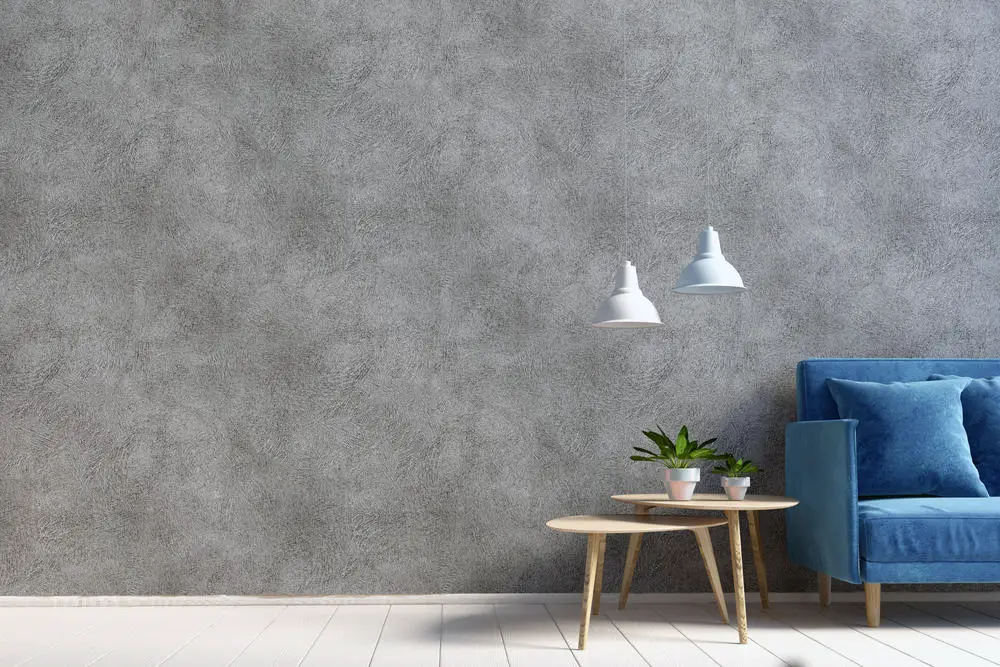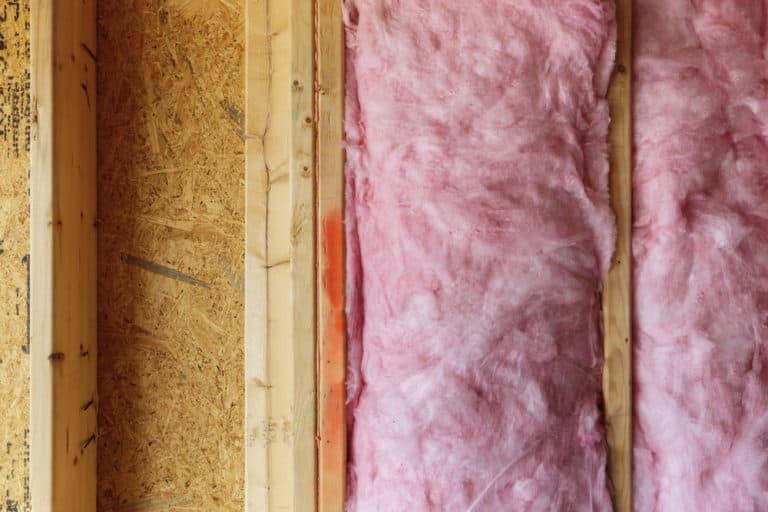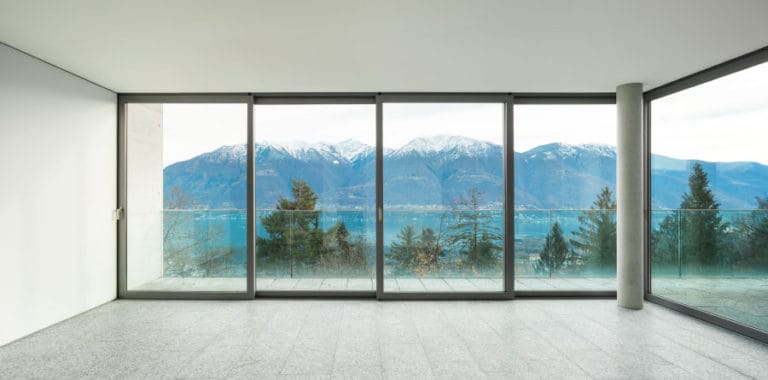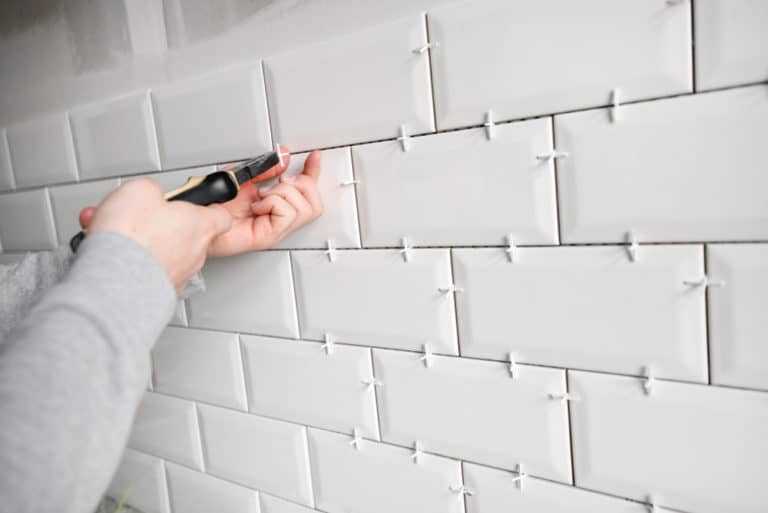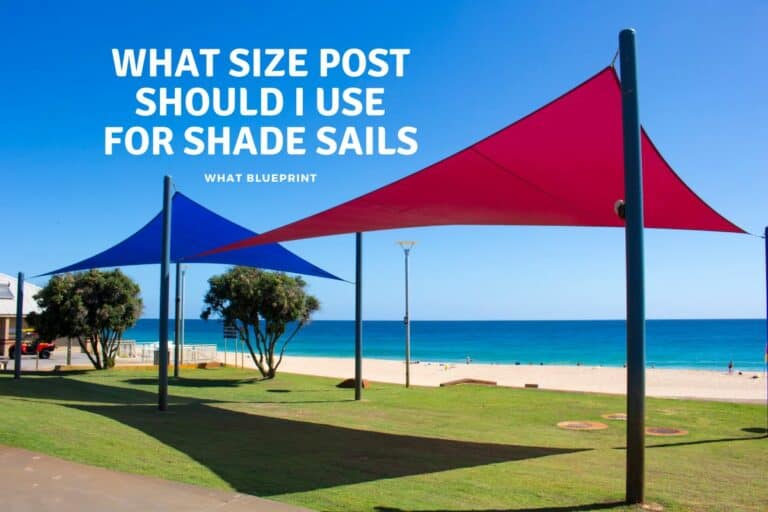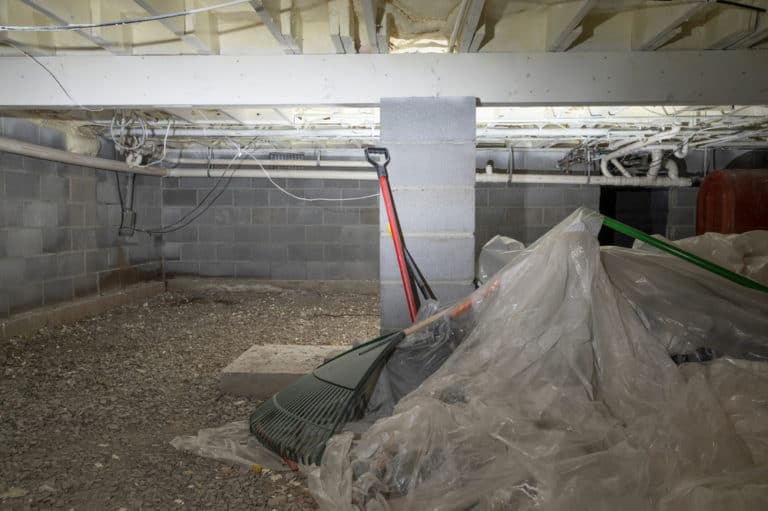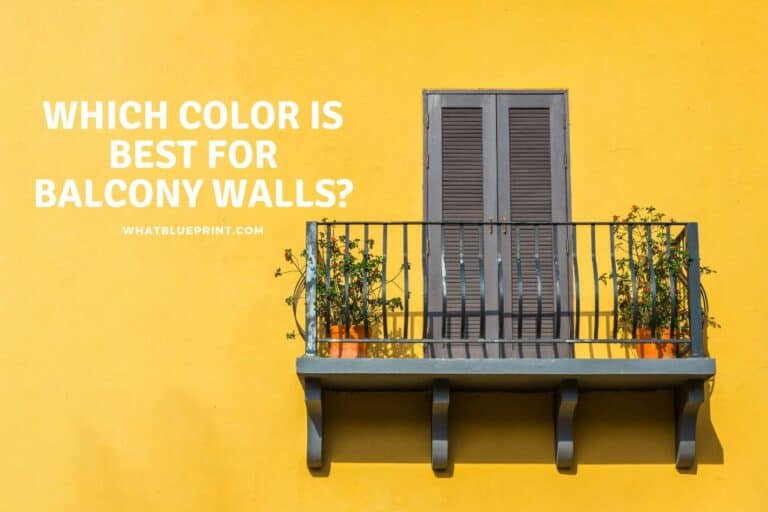Do Textured Walls Add Value?
Textured walls are a common feature in American houses, whether new or old, and their reason for existing may vary drastically depending on the application. Generally, the choice lies between textured walls and smooth walls, and each has its advantages and disadvantages.
Textured walls usually do not add value to a property because smooth walls are generally the preferred option. However, if a textured wall finish is used to disguise unsightly damage to an existing wall, this may indeed add value to the house as it will drastically improve the wall’s aesthetics.
In order to understand whether textured walls add value to a property or not, you will have to ascertain why textured walls are used and how this process differs from that of creating smooth walls.
Do Textured Walls Add Value?
Textured walls, as a general rule, do not add value to your property. This is for a variety of reasons, the main one being aesthetic appeal. On the whole, buyers do not enjoy the aesthetic of textured walls, usually preferring a smooth wall texture for their home.
The look and feel of textured walls is simply not considered desirable to the majority of people and may not work well with the overall look they are trying to achieve in their home.
When a prospective buyer enters a home and sees textured walls that they do not like, it will often be extremely off-putting to them and may indeed become a determining factor in whether they offer to purchase the property or not.
This is primarily because they are aware that in order to change the finish of the walls from textured to smooth, a buyer will have to invest significant amounts of time and money in order to achieve the smooth walls they desire. This added cost can often be prohibitive to any prospective buyer.
There are some instances, however, where textured walls can indeed add value to a property. If there are unsightly walls in a house that are in need of repair, adding a textured finish can be a quick and affordable way to hide any imperfections, thus adding to the visual appeal of the wall and thus the perceived value of the home.
A textured wall is often far more appealing than an unsightly damaged wall, and so this quick-fix textured wall may indeed add value to the house as it will appear that there is less work needed on the home.
Purpose of Textured Walls
Texture was often a relatively easy and cost-effective way to hide imperfections on walls, and this grew significantly in popularity as a design feature over time.
The purpose of textured walls, other than to create a textured aesthetic for those who desire it, is most often to cover imperfections on walls that would otherwise require extensive repairs.
If there are existing textured walls in need of repair and the texture needs to be matched, this is another instance that calls for the use of a textured wall finish.
Benefits of Textured Walls
Despite their perceived reputation as an inferior wall finish, textured walls have a number of benefits that should be considered. Making use of a textured wall finish affords the ability to hide any holes or scratches in walls that would otherwise be difficult to patch up.
The texture is easily able to disguise any imperfections in a wall, making it a great option when a quick and inexpensive repair is required. Smooth plastered walls are an expensive feature to achieve, and so textured walls present a far more affordable option that is easier to achieve.
Textured walls have the ability to add character and depth to a space that might otherwise be bland without texture on the walls, and this can be further enhanced through the use of clever lighting.
Textured walls also have the ability to offer soundproofing qualities that smooth walls cannot. While the texture may not make the room completely soundproof, it can reduce sound movement through the walls by a significant amount.
Drawbacks of Textured Walls
While textured walls do have numerous advantages, there are several drawbacks that make this wall texture far less appealing. Firstly, the aesthetics of textured walls are not desirable to all individuals, and it is a feature that has gone in and out of style over the years.
Any prospective homeowner who does not enjoy the texture of the walls in a home may offer less than usual for the house because they know it is an expensive feature to change.
Textured walls can also be difficult to repair without causing a disruption in the textured pattern. These patterns are often difficult to replicate in a repair job, and so the only options are either to redo the texture of the entire wall or simply accept the fact that there is a flaw in the wall that will remain indefinitely.
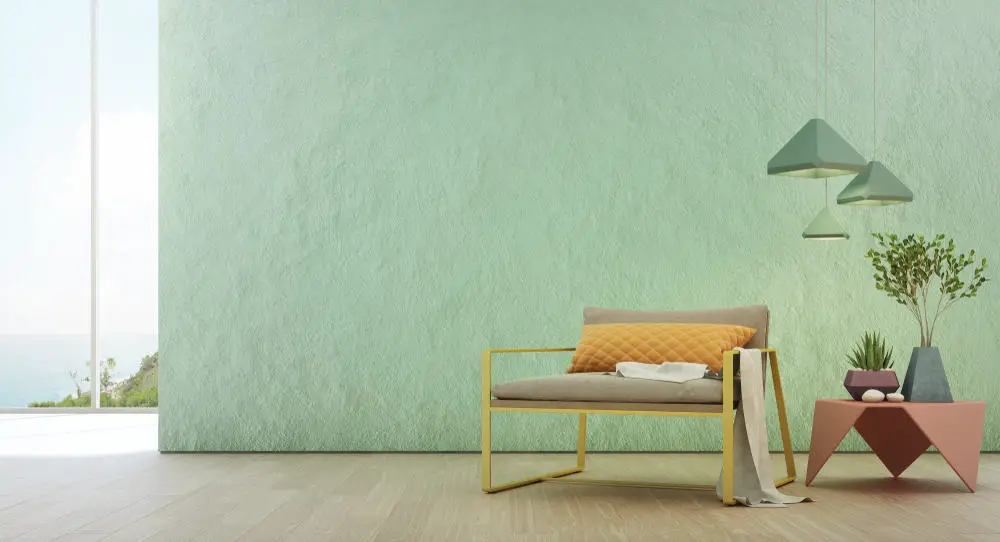
Types of Textured Walls
There are three main types of texture used on walls. These are used to finish the surfaces of interior walls, as well as to hide the seams of taped drywall and other imperfections. The textures also have the ability to reflect light in different ways to normal smooth walls while adding a degree of interest to a room.
Orange Peel texture, as the name suggests, has a similar aesthetic to the peel of an orange. This is a subtle textured finish that still hides most imperfections on a wall. Because the texture is not overly rough, it is relatively easy to clean.
Knockdown is a popular textured finish with a rustic texture that can be used in many interior applications. It is more difficult to clean than orange peel texture.
Popcorn texture is used widely in ceiling applications as well as walls, and it is cheap and easy to install while hiding most imperfections and easily dampening noise.
Conclusion
Whether you decide to texture a wall in your house to disguise flaws for resale purposes, or you simply enjoy the aesthetic of a textured wall, the choice should be one that you are happy with in your own home. As with most décor decisions, you should choose what is best suited to your needs and tastes and not to those of a prospective buyer.
Sources
- https://homeguides.sfgate.com/textured-walls-resale-value-87892.html
- https://www.homaxproducts.com/wall-ceiling-textures/how-tos/3-types-of-drywall-textures
- https://www.veronicasolomon.com/post/debunking-design-myths-about-decorating-for-resale-value
- https://www.westcocontractors.com/Carlsbad-Drywall-Repair/pros-cons-textured-walls-appearances/
- http://dreambookdesign.com/2012/12/textured-walls-vs-smooth-walls-worth-the-cost/
- https://www.biggerpockets.com/forums/67/topics/108965-texturing-walls-worth-it-for-flips
- https://www.houzz.com/discussions/4268448/urgent-advice-please-wall-texture-spray-vs-smooth
- https://www.decasrealty.com/12-improvements-that-could-actually-devalue-your-property/

